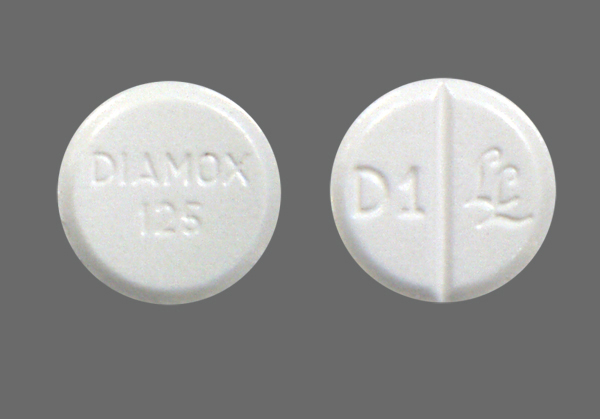

Once acclimatized they may be able to ascend once more. These include:ĭescending: Moving to a lower altitude is usually the best action to take if a person develops symptoms of altitude sickness. There are a number of potential treatments that may remedy altitude sickness. Those with more severe symptoms should rest, consume plenty of fluids, and avoid anything that may affect blood oxygen levels, such as smoking. However, if a person experiences even slight symptoms, they should alert others. People with very mild symptoms may continue ascending but should go at a much slower pace. Rising to higher altitudes can also cause fluid to leak from tiny blood vessels, resulting in a potentially dangerous fluid buildup in the lungs and the brain. The body may also respond to a change in altitude by altering blood acidity level, lung pressure, electrolyte levels, and fluid and salt balance. People who do not spend enough time acclimatizing to a new altitude before progressing further have the highest risk of developing altitude sickness. The average human body needs from 1 to 3 days to become acclimatized to a change in altitude. However, even though breathing faster increases blood oxygen levels, they do not reach sea level concentrations. In response, the body creates more red blood cells to carry more oxygen. This raises their pulse and their breathing rate. If a person has less oxygen in their blood, their heart and lungs have to work harder. Lower pressure means that the air is less dense, and therefore the number of oxygen molecules per breath is reduced.Īt around 18,000 ft, each breath contains approximately half of the oxygen found at sea level. For example, at the peak of Mount Everest, air pressure is around 228 mm Hg. Staying at high altitudes for extended periods may also cause forms of altitude sickness.Īt sea level, the oxygen concentration in the air is approximately 21%, and air pressure averages 760 millimeters of mercury (mm Hg).Īt higher altitudes, the oxygen concentration remains the same, but air pressure is much lower. The leading cause of altitude sickness is ascending to a great height too rapidly. a persistent headache that does not respond to painkillers.a persistent cough, occasionally with pinkish sputum.the amount of time spent at that altitudeĪ complete diagnosis may require a medical assessment of these symptoms.Ī person’s altitude sickness can worsen over time and result in serious complications, including fluid in the lungs and brain swelling.įluid in the lungs can cause the following:.how fast a person ascends to a high altitude.the age, weight, blood pressure, and respiratory capacity of an individual.The severity of symptoms depends on several factors, including: (Note: Diamox will not prevent HAPE or HACE.Share on Pinterest ChristianNasca/Getty Images For those travellers who are allergic to sulphonamides, your Travelvax doctor may recommend a test dose before departure. Acetazolamide is contraindicated for those travellers who are on aspirin therapy or pregnant/nursing women. Diamox decreases susceptibility and reduces symptoms by speeding acclimatisation. Consider taking Acetazolamide (Diamox) for prevention of AMS in unavoidable rapid ascents, particularly if there is a past history of AMS.Look for symptoms (skipping meals, antisocial behaviour, stumbling, lack of co-ordination). Be attentive to yourself and your companions.Maintain adequate hydration (preferably 4-7 litres per day).Above 3000m (10,000 feet) take a rest day for every 1000m gained.Ĭhildren under two years should not sleep at altitudes above 2000m, those aged 2 to10 should not sleep above 3000m. Ascend slowly: plan gradual ascents of no more than 300m (1000 feet) per day once above 3000m. It is the rate of ascent that is critical.

The key to preventing illness is recognising the symptoms early.


 0 kommentar(er)
0 kommentar(er)
